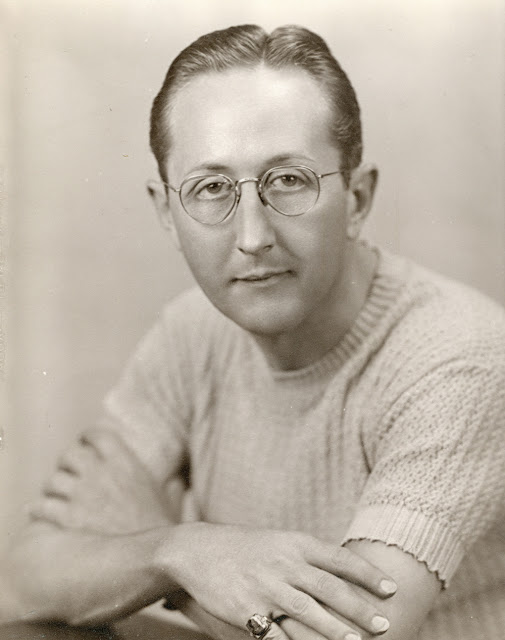A public meeting to share memories and memorabilia related to the Hotel Charitone will begin at 7 p.m. Thursday at the C B & Q Freight House in Chariton, part of an effort to gather information about how the old hotel functioned as planning for its rehabilitation continues. Obviously, all are welcome.
We're hoping people will be prepared to talk about the hotel and will bring along documents, photos and other memorabilia related to it. We'll record spoken memories, try to scan photos and documents on the spot and photograph memorabilia not suitable for scanning --- building an archive. Anyone who would prefer to write their memories and share that way is welcome to do so.
There also will be updates on planning for the big project, perhaps from representatives of the architectural or contracting firms involved --- we'll see what develops.
Since May is National Preservation Month, the event also will observe that. Co-sponsors are the Chariton Historic Preservation Commission, Lucas County Arts Council, Lucas County Historical Society and the Lucas County Preservation Alliance. So put it on your calendar if you're in the area.
+++
It's looking like a busy week. Wednesday is city-wide cleanup day when, among other things, accumulated junk can be hauled to the old armory, loaded into dumpsters ($10 a load) then hauled to the landfill. I had all sorts of garage-related plans. Didn't happen. Stuck with junk for another year (or until I start disposing of it in smaller chunks).
I'll spend the morning at the museum instead. We usually have a contingent of high school seniors who arrive to deal with leaves, limbs and other unsightly accumlation around the campus. But the big effort will be in the barn to, finally, clear access to the far west side --- still cluttered after evacuation some years ago of a Lewis Building gallery so that basement wall repairs could begin.
The problem with that clutter is that it blocks access to permanent displays --- so we need to resolve it by finding new homes for several bulky items, then cleaning areas we haven't had good access to for quite a while. Some will go to the loft --- not exacly the best solution but the best we can come up with right now (The loft was cleared out during clean-up day last year).
+++
And then I need a haircut again --- boy do I need a haircut. I should be grateful it still grows --- but there are days .... I think I'm still living in the past --- the days when you just went into a barber shop, waited your turn and the deed was done. Now appointments are required.
Doctor's offices used to be the same way, didn't they? I seem to remember that when I was a kid we climbed the stairs to Dr. Anderson's offices without previous notice, took seats and waited. Somehow that worked, although for the most part only emergency rooms function that way nowadays.
+++
Speaking of doctors, a friend ended up in the hospital over the weekend to be treated for, of all things, an infected cat bite --- reinforcing worst suspicious those critters. She'd done everything right --- a trip to the emergency room for treatment after the initial assault, but the deep puncture wound flared up anyhow, requiring intensive treatment and infusions of antibiotics every six hours. Ouch.
We tried to convince her an IV pole wouldn't interfere with duties as crucifer/acolyte --- but it didn't work, even though it's a short walk from hospital to church. Then the organist bailed at the last conceivable moment, so there I was stuck behind the keyboard again --- not a favorite place to be.
Finally home to fritter away the afternoon playing with Family Tree Maker 2012 rather than doing useful stuff. What a waste.
What we need around here is a little sunshine to get everyone fired up again --- the forecast into the forseeable future calls for clouds and rain. But, like Annie, I'm sure the sun will come out tomorrow --- one of these days.

































